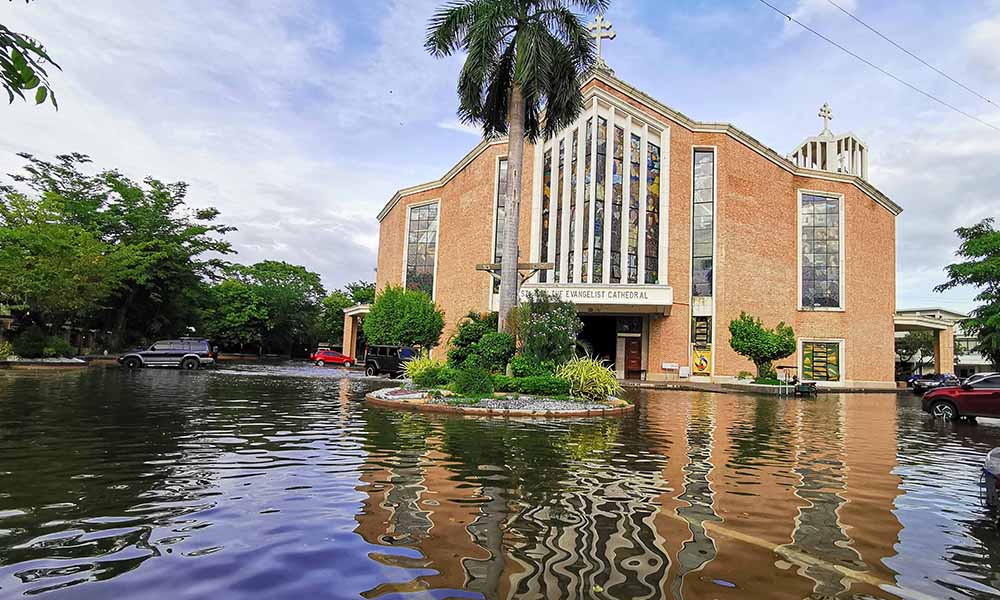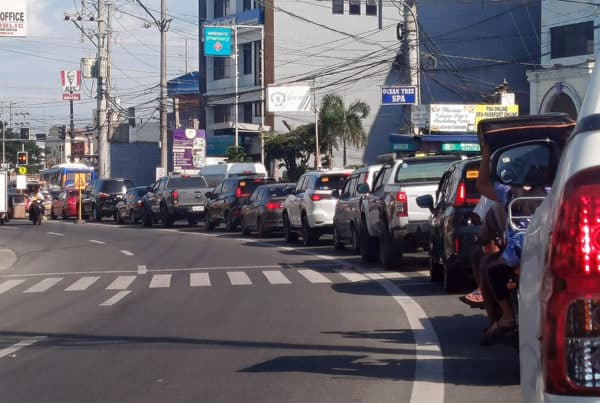Total population of Region 1 hits 5.3M
THE total population of the Ilocos region has reached 5,301,139, based on the result of the recently concluded 2020 Census of Population and Housing.
Atty. Sheila de Guzman, Philippine Statistics Authority (PSA) Region 1 officer-in-charge, said the total population of the region increased on an annual average of 1.13 percent during the period 2010 to 2015.
She said Pangasinan province has the biggest population in the region with 3.16 million individuals or 59.7 percent of the region’s total population, followed by La Union with 822,352, Ilocos Sur with 706,009, and Ilocos Norte with 609,588.
De Guzman said the population growth rate (PGR) of La Union, Ilocos Sur and Ilocos Norte decreased and only the PGR of Pangasinan increased by 1.18 percent from 2010-2015.
“Pangasinan was the fastest growing province in the region with an average annual population growth rate (PGR) of 1.43 percent during the period of 2015 to 2020,” she told a news conference last Tuesday.
De Guzman added that La Union posted a 0.94 percent PGR; Ilocos Norte’s was 0.58 percent and Ilocos Sur was 0.49 percent.
The PSA’s top 10 most populous cities and municipalities in the region are. San Carlos City, Pangasinan with 205,424; Dagupan City, Pangasinan (174,302); Urdaneta City, Pangasinan (144,577); Malasiqui, Pangasinan (143,094); Bayambang, Pangasinan (129,011); San Fernando City, La Union (125,640); Mangaldan, Pangasinan (113,185); Laoag City, Ilocos Norte (111,651); Lingayen, Pangasinan (107,728); and Calasiao, Pangasinan (100,471).
Meanwhile, the top 10 most populated barangays in the region are Bonuan Gueset, Pantal, Bonuan Boquig, Bonuan Binloc, and Lucao in Dagupan City; Poblacion in Lingayen, Pangasinan; Sevilla in San Fernando City, La Union; Poblacion in Bugallon, Pangasinan; Poblacion in Alaminos City, Pangasinan; and San Vicente in Urdaneta City, Pangasinan.
She said the total population of the Ilocos Region accounts for 4.86 percent of the over 109 million total population of the country as of May 1, 2020. (Jerick Pasiliao)








